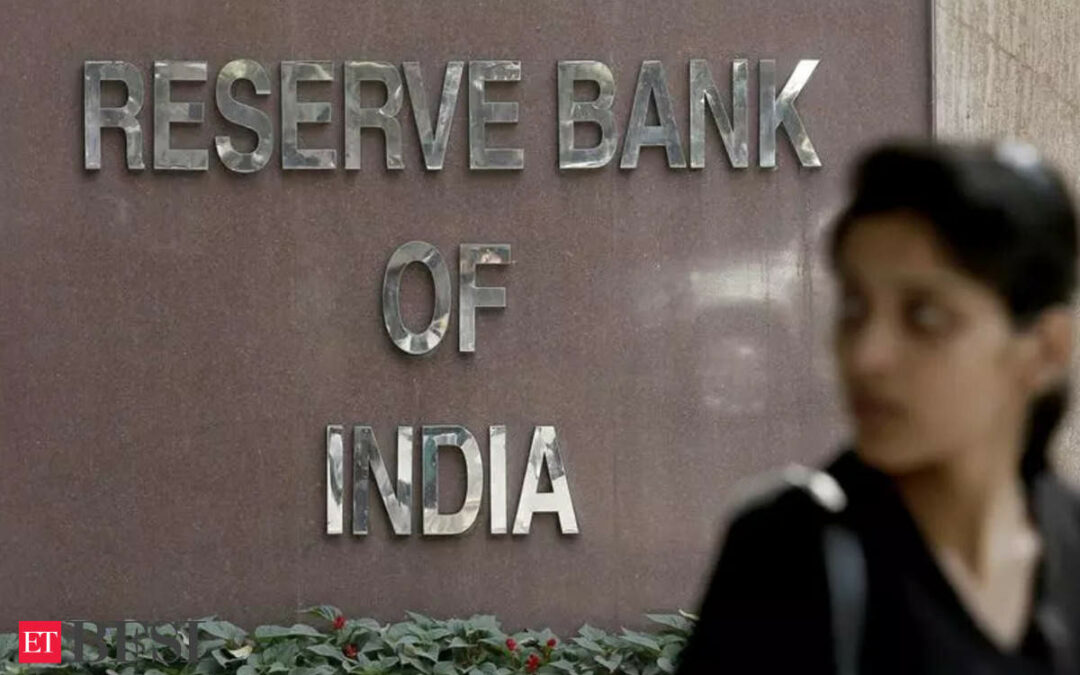The Reserve Bank of India (RBI) is likely to stick to its policy stance of ‘withdrawal of accommodation’, stating that less than half of the 250-basis-point cumulative increase in rates in the current cycle of rate hardening was transmitted to outstanding bank loans. Transmission could be a key monitorable for the central bank before it decides to change its stance, which, in turn, is a precursor to a rate reduction.
One basis point is 0.01 percentage point.
Bank of America (BofA) economist Aastha Gudwani said though the pace and extent of monetary transmission to lending and deposit rates have improved after the introduction of the external benchmark-linked rate (EBLR) regime, it is still lagging behind the RBI’s policy rate increases.
Central bank data show that against the 250-basis-point cumulative increase in the repo rate between May 2022 and February 2023, banks have only passed on 194 basis points (78%) in fresh rupee loans, 168 basis points (67%) in the one-year median marginal cost of funds-based lending rate (MCLR), and just 113 basis points (44%) on total outstanding loans in the banking sector.
“There is room for it (transmission) to rise further. RBI’s resolve to stay put to its current stance and rate can arguably hasten the transmission process. Accordingly, we see the RBI retain their stance as withdrawal of accommodation and stay put on policy rate in the upcoming April 5 policy,” Gudwani said.
In the last policy review in February, RBI Governor Shaktikanta Das said the central bank’s stance of withdrawal of accommodation should be seen in the context of incomplete transmission together with inflation being above the target of 4%.
The monetary policy committee (MPC) remains focused on the withdrawal of accommodation to ensure fuller transmission, Das had said.
India’s consumer price inflation was little changed at 5.09% in February, though still above the RBI target of 4%, as food prices remained elevated.
Liquidity, too, will play a role in setting the pace of transmission.
“Liquidity is an important tool. We may see liquidity conditions improve in the first quarter due to factors like election spending and also seasonality, like lower corporate funding,” said Madhavi Arora, economist at Emkay Global Financial Services. “Generally, transmission is never 100% and it happens with a lag. So how the RBI moves will be determined by how comfortable it is by the level of transmission then,” Arora added.
Liquidity has improved in the last three months on higher government spending, the RBI’s dollar purchases in the currency market, and the central bank’s enhanced lending through the variable repo window.











